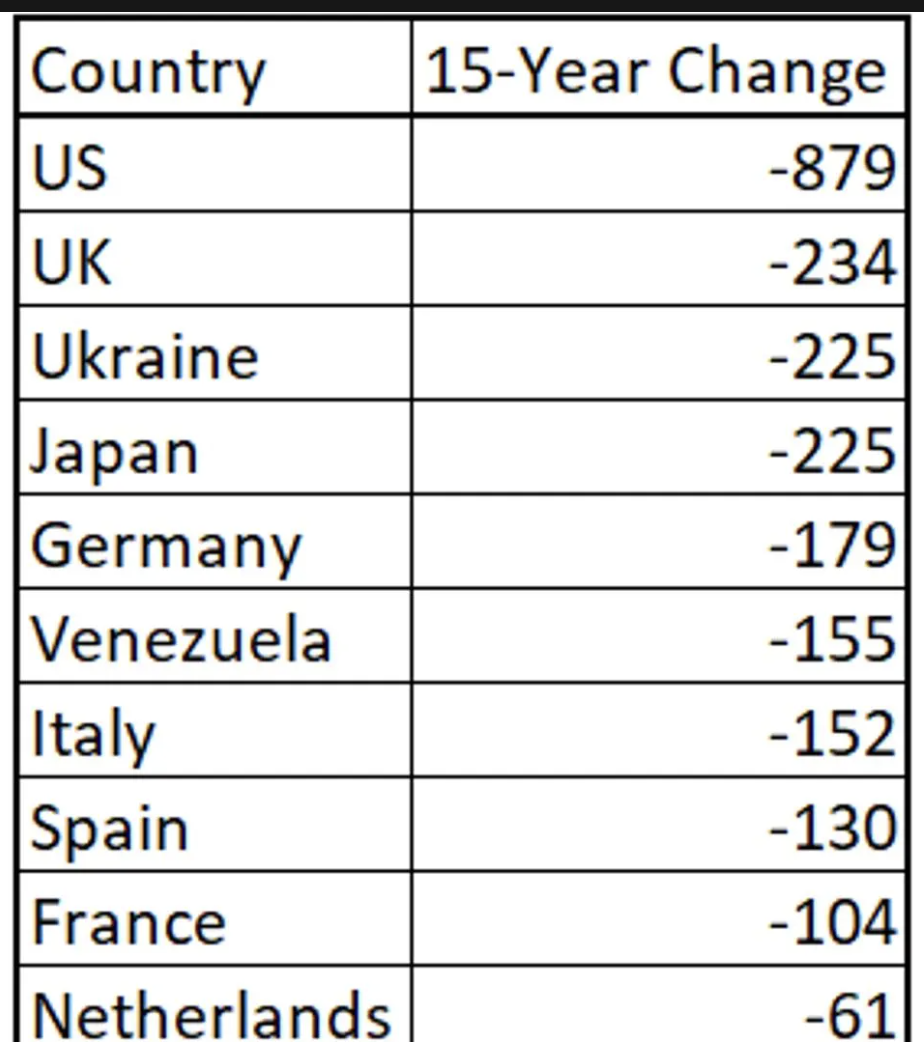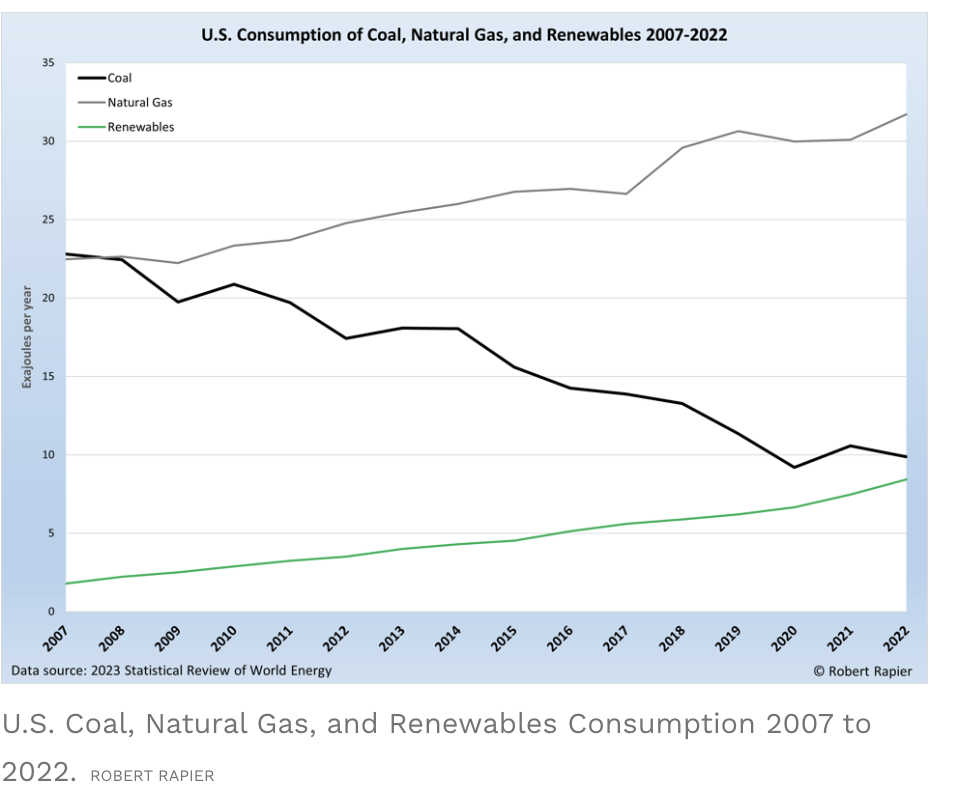If I hadn't watched the entire nation meekly accepting and complying with the Wu Han Lockdown, I wouldn't believe that the residents of any state (and NY is next) would let this happen; but they are.
/back to the future
By Katy Grimes, December 30, 2024
They are coming for your gas-powered car, your gas stove, your gas water heater, your gas furnace, your gas dryer, your gas grille, your gas blower, your gas fireplace, and any other gas-powered appliance or vehicle you can think of.
Who is “they” besides California Governor Gavin Newsom and the California Legislature imposing these policies on you?
California is set to become the first state to ban natural gas heaters, water heaters, and furnaces by 2030, a policy of the California Air Resources Board, entirely made up of appointees by the governor, I reported in 2023 in The Tangled Government Web Behind the Push to Ban Gas Stoves, where we link Harvard Health Publishing, the Rocky Mountain Institute, MDPI International Journal of Environmental Research and Public Health, and U.S. National Institute of Health (NIH) National Library of Medicine. NIH is the largest source of funding for medical research in the world. The WHO is named in the studies, as are many Chinese studies.
And they don’t care if it bankrupts you or causes you undue hardship. They don’t care if your public transit system is a hellhole on rails, when they take away your gas-powered car. They don’t care if you have to walk 5 miles to work. They don’t care. Just remember that they don’t care about you. They only care about their autocratic rules – and power.
….
Don Wagner, Chairman of the Orange County Board of Supervisors and member of the Governing Board of the South Coast Air Quality Management District, wrote an op ed for the OC Register addressing this. Here is what he reports:
SCAQMD intends to adopt two rules on all homeowners, multi-family residents, and businesses – more than 17 million people in all. The goal: eliminate natural gas appliances. Proposed Amended Rules 1111 and 1121 require homeowners, landlords, and businesses to replace furnaces and water heaters with costly new “zero-emission” electrical units.
He said these new rules “will seemingly do little to clean the air,” but will financially hurt many:
If implemented, these rules would impose ruinous expenses on already stretched residents and businesses, potentially cause people to lose housing, and strain an already stretched electricity grid.
We’re talking potentially tens of thousands of dollars per unit for every homeowner, landlord, and business forced to make these purchases.
Provoing my point that these Air Quality District board members don’t care, Wagner says:
You will be forced to comply. The old technology – the water heaters and furnaces you are using today – will be illegal to purchase or install.
Only the wealthiest of Southern California residents can afford such extravagance. Don’t even think about buying replacement units in other states and importing them. You will not be allowed to get a permit to install non-complying appliances, nor can you sell a property containing unpermitted units. You will have to comply.
Wagner says the new zero-emission water heaters and furnaces require a substantial increase in electricity usage, which we have heard before. But SCAQMD doesn’t even have a cost estimate yet to power these new electric appliances. But their orders will take place anyway. It’s another Nancy Pelosi moment: “We have to pass the bill so that you can find out what is in it.”
Governor Gavin Newsom has already fallen quite short of his promise to build 3.5 million new homes in California while in office. He’s a victim of his own party’s rules and regulations, but won’t admit it. Because as Supervisor Wagner knows, the new all-electric rules run counter to building affordable homes. “They achieve minimal air quality improvements, are prohibitively expensive and ignore the region’s energy challenges,” Wagner adds.
Housing prices in California have dramatically increased since Newsom took office in 2019. And for all of his supposed efforts to streamline new housing construction, it just isn’t happening.
“Newsom promised in October 2017 amid his campaign for governor that he would help spur the construction and completion of 3.5 million new housing units by the start of 2025, according to a post the then-lieutenant governor made on Medium,” the Daily Caller reported.
“The governor took office in January 2019, when the state had around 14,235,201 housing units, and after five years at the helm, the number of units has increased to 14,824,626 as of the beginning of 2024, totaling just 589,626, according to data from the state’s Department of Finance.”
That’s only 117,925 new homes built every year in California, 2019 – 2024, while Gavin Newsom has been governor.
Californians are due to be very disappointed in just five short years:
NYT June 22 2023:
Why the U.S. Electric Grid Isn't Ready for the Energy ...
The current system makes it hard to build the long-distance power lines needed to transport wind and solar nationwide.
Washington Post Mar 7, 2024
According to recent reports, the United States may soon face a situation where it cannot generate enough electricity to meet growing demand, primarily due to an aging power grid struggling to handle the increased needs from new data centers, manufacturing facilities, and the push towards electrification in various sectors, all while facing limitations in expanding transmission lines and integrating more renewable energy sources rapidly enough to meet the rising demand.
Key points about the potential electricity shortage in the U.S.:
Outdated infrastructure:
Much of the U.S. electric grid was built decades ago and is not designed to handle the modern energy demands, including the integration of large-scale renewable energy sources.
Rapid demand growth:
The surge in data centers, electric vehicles, and other electrified industries is putting significant strain on the existing power grid.
Transmission limitations:
Building new long-distance power lines to transport renewable energy from remote areas faces significant regulatory hurdles and community resistance.
Concerns about grid reliability:
Experts warn that certain regions of the U.S. could experience electricity shortages during peak demand periods if necessary infrastructure upgrades are not implemented quickly.
How will our electricity supply change in the future? | National Grid Group
Aug 17, 2022
National Grid
Amid explosive demand, America is running out of power
Mar 7, 2024 — Vast swaths of the United States are at risk of running short of power as electricity-hungry data centers and clean-tec...
https://www.washingtonpost.com › ai-data-centers-power
Mar 7, 2024 — Artificial intelligence, data centers and the boom in clean-tech manufacturing are pushing America's aging power grid to the brink.
The United States Is Facing Electricity Famine
https://thebreakthrough.org › issues › energy › the-unit...
Feb 7, 2023 — Coal, natural gas, and nuclear generators are being shut down there faster than replacements are being turned on. New England, which has shut ...
Natural gas is cheap, abundant, and reliable: electricity is none of those.
Why The U.S. Leads The World In Reducing Carbon Emissions
The focus on 15 years was primarily because that’s when fracking began to substantially boost U.S. oil and gas production. In addition to seeing the largest decline in carbon emissions over the past 15 years, the U.S. also saw the largest growth in energy production. That may seem counter-intuitive, but there is a simple explanation.
Coal produces more than double the amount of carbon dioxide per unit of power production than natural gas (source). The displacement of coal by natural gas in power production enabled the huge decrease in U.S. carbon emissions.
Renewables played a part, but the renewable contribution trailed that of natural gas. We can see that in the following graphic.
The people pushing for the end of fossil fuel production and use know all this, although their cowed subjects may not. The goal is to deindustrialize the United States and return the masses to the peasant ranks. And many are cheering their masters on. For sheer ignorant idiocy check out this response from a resident of Northern Virginia (we can safely assume he works for either the government or one of the corporate charlatans getting rich from these mandate):
Is it true that there is not enough electricity to power all ...
Edward Myers Lives in Northern Virginia (1983–present)
False. As soon as more vehicles in the US become electric, there will be a corresponding expansion of electrical power generation. Power companies are in the business of selling power and will willingly expand their capacity as needed to increase their profit.
Alternatively, every electrical vehicle could be matched with a corresponding increase in local solar generation alleviating the need for power companies to do much of anything. When the sun shines the electricity generated would go directly into a car battery nearby. On cloudy days, the cars’ battery reserve would be used to power the cars. Neither the grid nor power generation stations need to be enlarged when local solar generation is used to power vehicles.
The utility grid company might start communicating the demand for power by sending pricing signals when it has excess or needs more power. The electric car chargers will use that information to decide whether to add power to the car it is plugged into. This coordination would allow the power company to scale their power generation plants to produce more electricity from their most efficient plants thereby reducing the cost.
A large number of electrical vehicles will reduce the cost of electricity and prevent electrical shortages for everyone.





